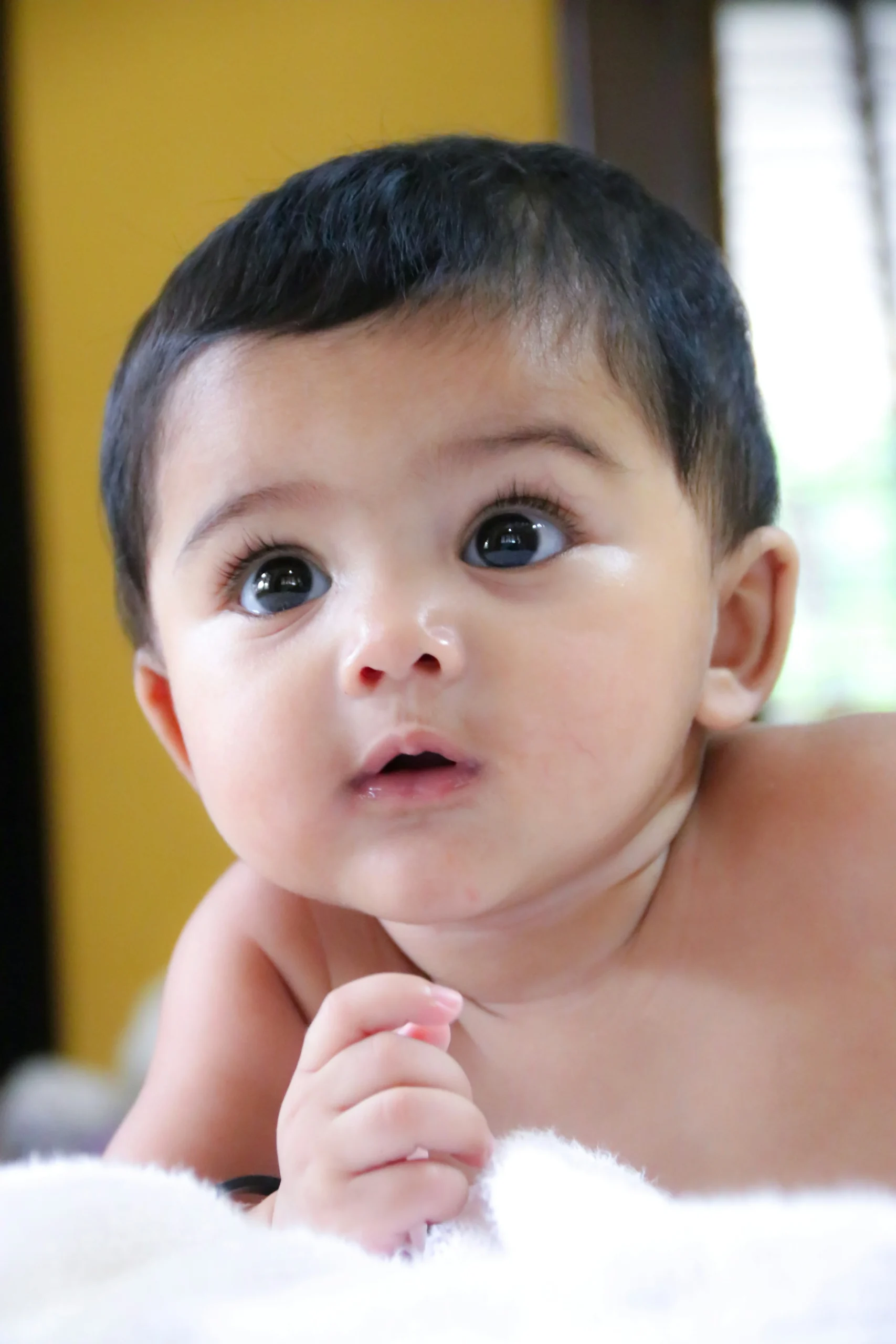Welcome to Parenting 101, where we dive into the nitty-gritty of caring for your little ones. First up: babies drool—a lot. And they love to gnaw on toys. This combination of moisture and enclosed spaces can lead to mold growth, which you might think is common knowledge… but apparently, some parents are shocked when it happens.
In the latest saga of parenting woes, many moms and dads are expressing their horror upon discovering that their child’s beloved teething toy, Sophie the Giraffe, is teeming with mold. Take the case of Laura Bennett, a pediatric dentist and mother of two energetic toddlers, who shared her unsettling experience with a popular parenting site after noticing a musty odor wafting from her child’s toy. “Out of curiosity, I cut Sophie open and what I found was astonishing—a science experiment living inside!” she recounts. “I was horrified to discover mold thriving in my baby’s favorite chew toy!”
Despite following the cleaning instructions—wiping it down with hot, soapy water and never submerging it—mold still managed to flourish inside. Understandably, Laura is shaken, admitting, “It breaks my heart knowing my little ones chewed on those moldy toys for months. I no longer purchase or recommend any chew toys with holes to my patients.”
Yikes. That’s pretty gross. It’s a shocking revelation for any parent. Yet, in the chaotic whirlwind of parenting—especially when sleep-deprived—it’s easy to overlook the fact that mold can grow in toys that babies constantly chew on.
And it’s not just Sophie; Amazon reviews are filled with similar cautionary tales. One user, Jenna Smith, warned, “If you have a drooly baby, beware! Moisture can get trapped inside the hole, leading to mold growth. Ours was coated in black mold after just two years!” Another reviewer shared that when her grandson’s Sophie began to emit a foul odor, they discovered a moldy interior despite washing it regularly.
So, what can you do to prevent this nasty issue?
Mold isn’t just unsightly; according to the CDC, it can lead to health problems like respiratory issues and skin reactions. Fortunately, there are straightforward ways to keep these plastic toys clean and mold-free.
Cleaning experts suggest a few effective methods for maintaining bath toys and teething toys:
- Vinegar Solution: Mix 1 gallon of water with ½ cup of white vinegar and soak the toys for an hour. Scrub any loosened mold, then rinse and dry.
- Dishwasher: Running bath toys through the dishwasher is a simple yet effective way to sanitize and eliminate any hidden mold inside and out.
- Boiling Water: You can also boil the toys in hot water and use tongs to squeeze out any remaining gunk. Make sure they cool and dry completely afterward.
Remember, it’s not Sophie’s fault for getting moldy—it just needs regular cleaning, like any other plastic or rubber toy your baby frequently uses.
For more insights on caring for your little ones, check out our post on keeping your home safe from harmful substances. And if you’re exploring at-home insemination options, consider visiting Make A Mom for reputable syringe kits. For additional pregnancy resources, the Cleveland Clinic’s podcast offers valuable information on fertility and home insemination.
In summary, keeping your baby’s toys clean is essential for their safety and health. Don’t let mold be a surprise; take proactive steps to maintain a safe play environment for your little ones.
